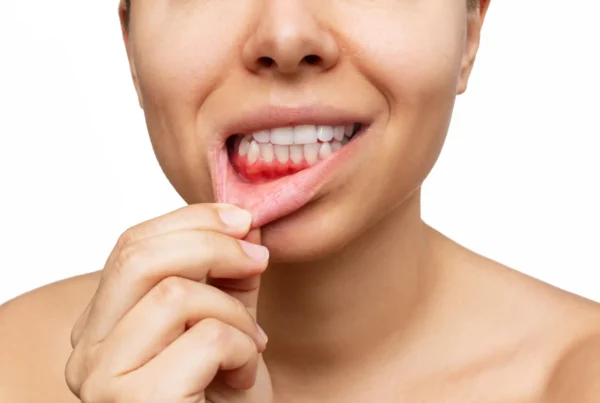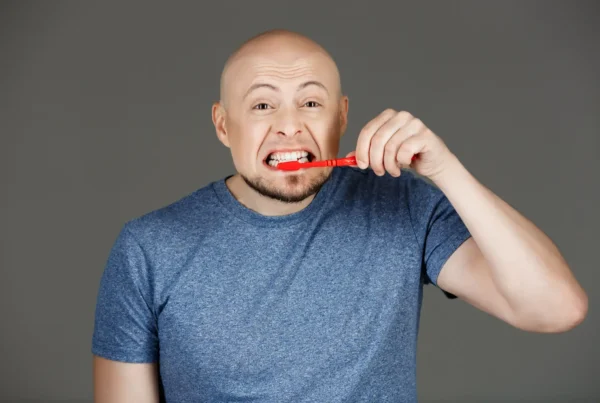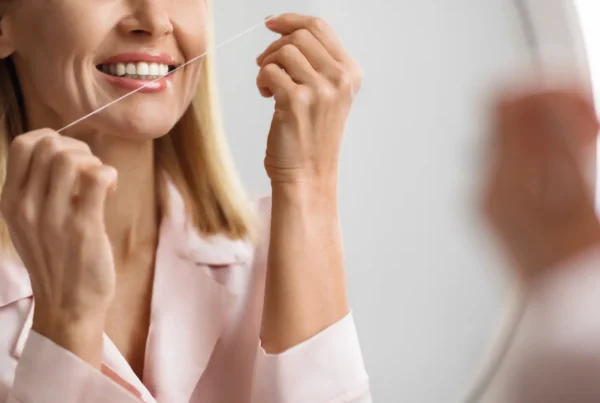
- Teething schedule – when does teething begin and in what order do baby teeth erupt?
- Oral hygiene for infants
- Teething symptoms – how to recognize teething in infants?
- The impact of teething on a baby’s appetite
- What to feed babies during teething?
- How to help your baby with teething pain – proven home remedies
- How to care for your baby’s first teeth?
- Tooth decay in infants – can babies get cavities from parents?
- Baby bottle tooth decay – a common problem in infants
- Tooth decay prevention – protect your baby’s teeth before problems begin
Teething is a challenging but very important stage in a child’s development. Some believe that baby teeth do not require the same level of hygiene and care as permanent teeth. Nothing could be further from the truth. Baby teeth must be cared for just as well—if not better. How we take care of them directly affects their future condition. How does teething progress in infants? Does every child go through it the same way? What are the first symptoms of teething and when should you consult a pediatrician or dentist? How can you relieve your baby’s teething discomfort? We answer these and more questions in the article below.
Teething schedule – when does teething begin and in what order do baby teeth erupt?
Tooth buds appear as early as the 6th week of pregnancy. A newborn is born with all milk teeth already developed, although they remain invisible at birth. The lower central incisors are usually the first to erupt between the 4th and 6th month of life. The upper central incisors come in by the 12th month. Between the 9th and 13th months, the upper and lower lateral incisors appear. These are followed by the first molars (upper and lower fours, 10–18 months), then the canines (15–20 months). The last to erupt are the second molars (upper and lower fives, 23–31 months).
Oral hygiene for infants
Oral hygiene in infants does not mean brushing teeth right away—it may still be too early. It is important to introduce a daily routine and accustom your baby to hygienic activities. Before any teeth erupt, care should involve wiping the gums and oral mucosa with a soft gauze pad. This removes food residues, which are breeding grounds for bacteria and fungi, while gently massaging the sensitive gums. Once the first tooth appears, daily cleaning should begin using a soft cloth or cotton pad.
Teething symptoms – how to recognize teething in infants?
- Itchy gums. Teething often causes itching and mild pain in the gums, so babies may try to relieve it by chewing on objects.
- Excessive drooling. Teething typically increases saliva production, which may result in drool rash.
- Sleep difficulties. Teething discomfort can interfere with a baby’s sleep—sometimes pain relief medication is necessary, but only after consulting a pediatrician.
- Elevated body temperature. Many babies experience a slight fever during teething.
- Redness and swelling of the gums. Most babies show these signs a few days before a tooth erupts.
- Irritability and crying. Pain and discomfort can affect the baby’s mood, making them more fussy or tearful.
- Skin irritation. Some babies may develop redness or rashes around the mouth during teething.
- Digestive issues. Loose stools, diaper rash, or vomiting may occur. Diarrhea during teething is common, but if it persists, consult your pediatrician.
The impact of teething on a baby’s appetite
A decreased or absent appetite is closely related to teething. Teething causes discomfort and sore, inflamed gums that make chewing painful. A reduced appetite during this time is completely normal.
What to feed babies during teething?
During teething, babies should eat purees and soft foods to minimize gum irritation. Cool foods may also help relieve the inflammation. Some recommend chilled vegetable sticks like celery, cucumber, or parsley root, which can provide natural relief.
How to help your baby with teething pain – proven home remedies
Are there home remedies for soothing teething? Absolutely. As mentioned, chilled foods help. Gentle gum massages using a silicone brush or finger cover can bring comfort. Other helpful methods include applying chamomile-soaked cloth or using herbal gels made from sage, mint, eucalyptus, or chamomile. If necessary, pain relief medication may be given, but only with a pediatrician’s recommendation.
READ MORE: First dental visit for children
How to care for your baby’s first teeth?
Caring for your baby’s first teeth is essential, even though many parents still overlook it. You can clean a baby’s teeth using a moistened cotton pad wrapped around your finger. Another option is a silicone fingertip brush. As more teeth erupt, you can switch to a baby toothbrush.
The first toothbrush should have a small head, a short handle, and soft bristles. It should fit well in your baby’s hand, especially since they may want to try brushing themselves. Developing proper hygiene habits early on will benefit your child for years to come. To make brushing more enjoyable, try playing children’s music and be sure to assist and monitor the routine.
At this stage, toothpaste isn’t necessary since babies can’t spit it out yet. Always consult a pediatrician or dentist before introducing toothpaste to your baby’s routine.
Tooth decay in infants – can babies get cavities from parents?
Tooth decay causes discomfort and pain and may lead to tooth loss. It can also negatively affect the development of permanent teeth. The first sign of infant tooth decay is white spots on baby teeth, which gradually darken. Cavity-causing bacteria can be passed from parent to child. Avoid licking spoons or pacifiers used by your baby to prevent transmission.
Baby bottle tooth decay – a common problem in infants
Baby bottle tooth decay leads to demineralization of tooth enamel. The condition often affects the front teeth and is linked to prolonged bottle feeding. Sugars from formula or juice coat the teeth, feeding bacteria and fungi. It starts as a yellowish coating, eventually turning into rough, dark spots on the enamel.
Tooth decay prevention – protect your baby’s teeth before problems begin
Ensure a healthy diet that avoids frequent snacks and sugary drinks. Allow time between meals for the natural remineralization process supported by saliva. Regular snacking reduces saliva flow and disrupts this protection. Stick to set mealtimes and maintain good oral hygiene as described earlier.





